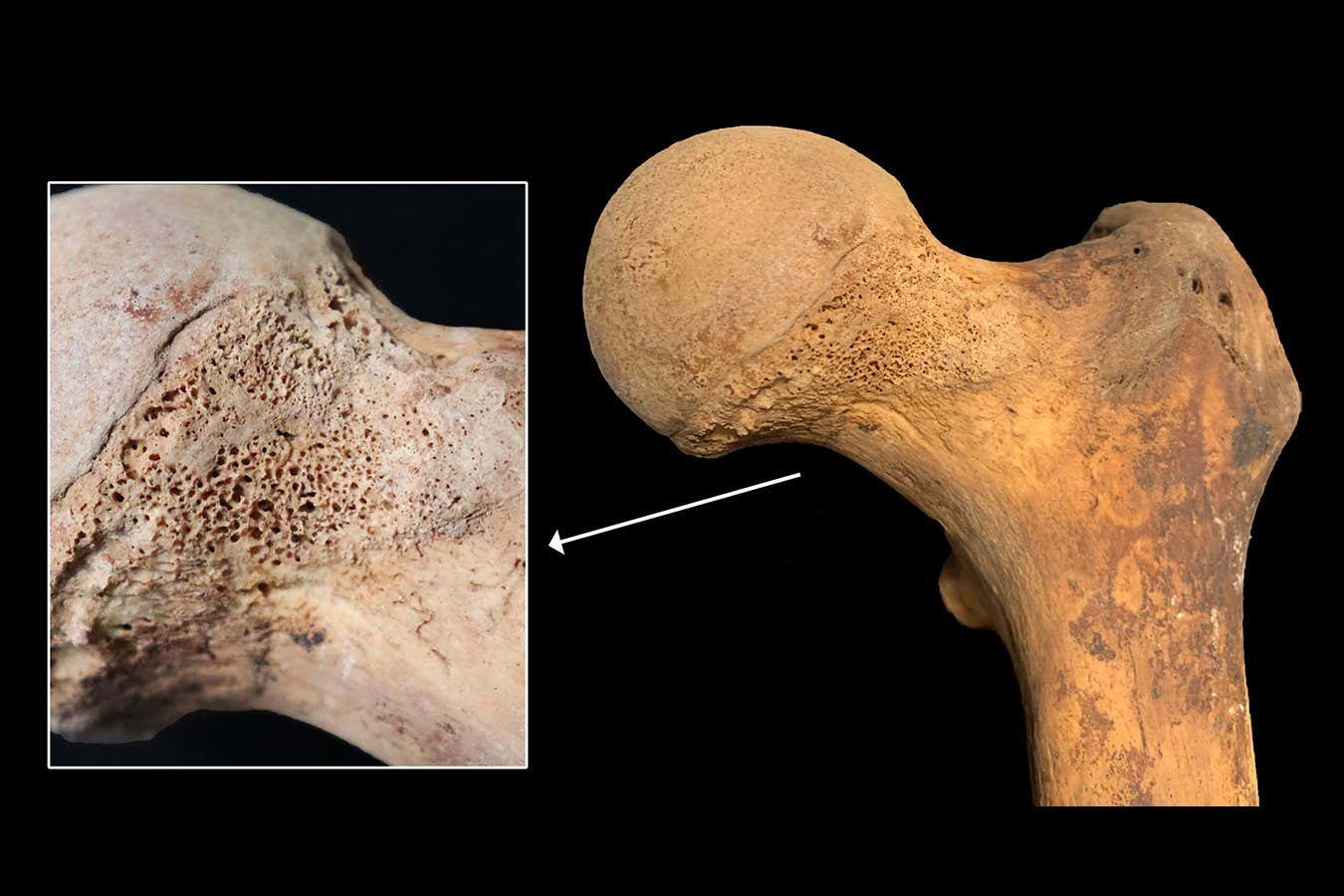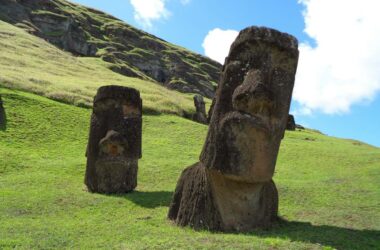The first ever evidence of cannabis being discovered in archaeological skeletal remains has been found in bones of individuals buried under a hospital in Milan, Italy, during the 17th century. Gaia Giordano from the University of Milan, Italy, and her team made this groundbreaking discovery.

Giordano and her team found molecules of tetrahydrocannabinol (THC) and cannabidiol (CBD), the psychoactive components of cannabis, within the thigh bones of a young man and a middle-aged woman who were buried between 1638 and 1697. These molecules can be preserved in bone tissue after being absorbed into the bloodstream and traveling through blood vessels into the bones. The researchers extracted bone samples from the remains of nine individuals buried at Milan’s Ca’ Granda hospital during the 17th century and confirmed this using radiocarbon dating.
By performing toxicology analyses, the team was able to identify individual chemical compounds in the bone samples using mass spectrometry. Remarkably, there were no records of cannabis in the hospital’s medicinal compounds, leading Giordano to speculate that the individuals may have been using cannabis for self-medication or recreational purposes rather than as a prescribed treatment.
Yimin Yang from the University of Chinese Academy of Sciences in Beijing commented on the significance of the study, highlighting that it will open new possibilities for researching cannabis consumption in ancient times. Yang’s own research has previously found chemical traces of cannabis on wooden braziers in tombs dating back 2500 years ago, further emphasizing the long history of cannabis use.
Looking ahead, Giordano and her team are now expanding their toxicological search to other substances, such as cocaine, in more modern human remains.
Insights
The discovery of cannabis residue in pre-modern human bones sheds light on the historical use of cannabis for medicinal or recreational purposes. This finding provides a unique glimpse into ancient cultures and their practices, opening up new avenues for the study of drug consumption in historical contexts.








